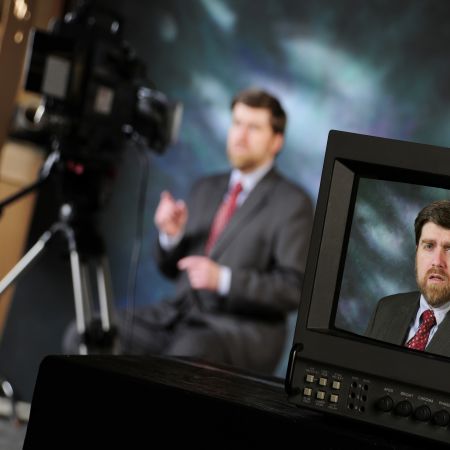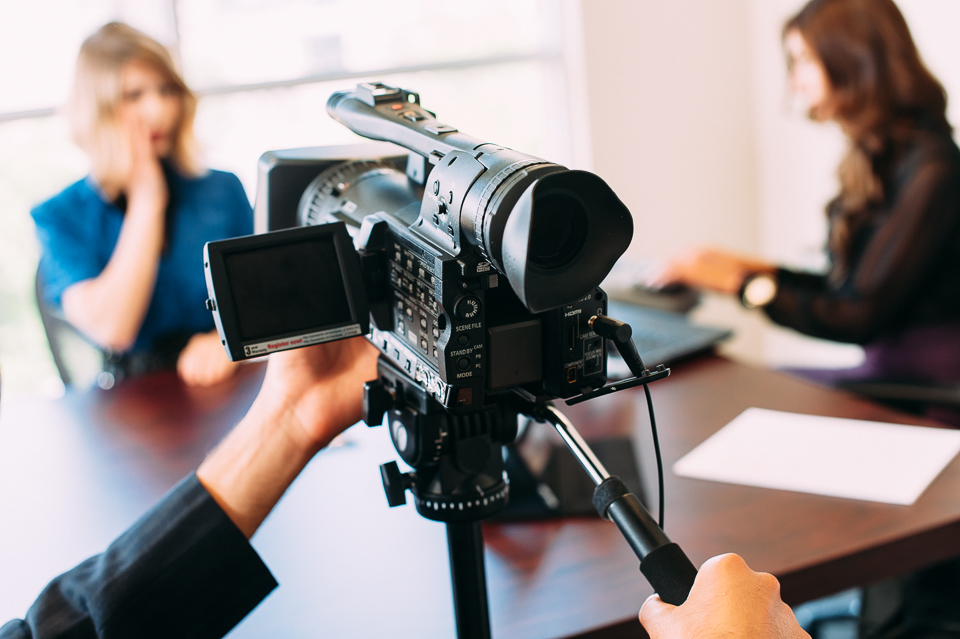Understanding the Impact of Legal Videography on Case Outcomes
Diving Into the Mechanisms of Lawful Videography: Introduction Its Procedure in Shielding Genuine Aesthetic Testimony for Judicial Process
In the realm of judicial process, the duty of lawful videography stands as a keystone in maintaining and presenting visual proof. As modern technology continues to advancement, the devices behind lawful videography have actually become progressively complex, providing a critical layer of credibility to testaments recorded on video clip. By delving right into the functional details of lawful videography, one can discover the precise processes that protect the integrity of aesthetic evidence offered in courtrooms - Legal Videography. This expedition not only sheds light on the historic advancement of lawful videography however also means the future fads that might additionally transform how aesthetic statements are maintained in the world of justice.
Historic Evolution of Lawful Videography
Analyzing the historic progression of lawful videography reveals a considerable change in the recording and presentation of aesthetic proof within the lawful landscape. In the past, legal procedures greatly counted on composed pictures and transcripts to document events and provide evidence. Nevertheless, with the arrival of video innovation, the legal market observed a paradigm change in exactly how aesthetic testament was recorded and presented.
The advancement of legal videography can be mapped back to the late 20th century when advancements in video recording equipment made it extra easily accessible for usage in court rooms. This technical advancement not just enhanced the accuracy and reliability of visual proof yet also revolutionized the way instances were offered to courts and courts (Legal Videography). Lawyers began to acknowledge the convincing power of video recordings in communicating feelings, subtleties, and non-verbal hints that composed photos or transcripts alone can not record successfully

Innovation Developments in Video Documents
What essential technical improvements have transformed video clip documentation in the lawful field? The lawful area has seen significant improvements in video paperwork modern technology that have actually enhanced the authenticity and integrity of visual proof in judicial procedures.
In addition, developments in video clip encryption and watermarking technologies have boosted the protection and tamper-proof nature of video clip evidence, guarding it against unauthorized changes or tampering. The development of cloud storage space services and remote accessibility capacities has structured the storage space, access, and sharing of video clip proof, promoting seamless partnership amongst legal professionals and guaranteeing effective accessibility to vital aesthetic statements when required. These technical advancements in video documentation have unquestionably changed the legal field, enhancing the precision, reliability, and admissibility of aesthetic evidence in judicial proceedings.
Role of Lawful Videographers in Court Room Settings
The development of video documents innovation in the lawful field has actually demanded a vital duty for legal videographers in court room setups, making certain the integrity and reliability of aesthetic statements presented throughout judicial process. Lawful videographers play a fundamental duty in catching and preserving accurate aesthetic evidence that can be pivotal in litigation. Their obligation encompasses establishing equipment, videotaping procedures, and generating top quality video clips that precisely reflect the occasions in the courtroom.
Additionally, legal videographers often function very closely with lawful groups to ensure that the video proof straightens with the case's requirements and can be efficiently presented in court to sustain the lawful disagreements being made. On the whole, the duty of legal videographers in court settings is essential in promoting the concepts of justice and guaranteeing the transparency of lawful process. Legal website here Videography.

Ensuring Admissibility and Honesty of Video Evidence
To keep the integrity of visual proof offered in legal procedures, ensuring the admissibility and stability of video proof is a critical responsibility for legal videographers. Admissibility describes the approval of proof by the court, and for video evidence to be acceptable, it should satisfy particular standards. Legal videographers play a vital role in making sure that the video clips they record follow the policies of evidence, such as authenticity, significance, and dependability.
Stability of video clip proof includes preserving the creativity and precision of the video from the moment it is videotaped till it exists in court. This includes safely keeping the video clip documents, recording the chain of safekeeping, and avoiding any type of tampering or alterations. Lawful videographers have to stick to strict protocols to assure the integrity of the video evidence and protect against any kind of obstacles to its authenticity.
Future Trends in Legal Videography
Provided the raising dependence on innovation in legal process, lawful videographers are positioned to accept innovative advancements shaping the future of visual testament capture and discussion. One of the prominent fads coming up is the combination of online fact (VR) and enhanced reality (AR) technologies right into legal videography. These modern technologies have the prospective to reinvent just how aesthetic evidence is provided over here in courts, allowing discretionary to immerse themselves in the scene of the crime or case.
In addition, making use of expert system (AI) formulas for video analysis is expected to streamline the process of reviewing and examining large quantities of video footage. AI can assist in determining key minutes, anomalies, and patterns within video clips, boosting the efficiency of lawful examinations.

Final Thought
To conclude, lawful videography has played an important duty in offering genuine visual proof for judicial procedures. Via technical developments and the competence of lawful videographers, the stability and admissibility of video clip proof are made sure in courtroom settings. As lawful videography remains to progress, it will be vital to promote standards that preserve the precision and dependability of visual statement for the future of lawful proceedings.
Taking a look at the historic progression of lawful videography reveals a considerable her latest blog makeover in the capturing and presentation of aesthetic proof within the legal landscape.The development of video clip documents technology in the lawful area has actually necessitated a vital function for lawful videographers in courtroom settings, making sure the honesty and reliability of aesthetic statements provided throughout judicial procedures. In addition, lawful videographers frequently work closely with lawful teams to make sure that the video evidence aligns with the case's requirements and can be properly presented in court to support the legal arguments being made.To preserve the reputation of aesthetic proof offered in lawful proceedings, ensuring the admissibility and integrity of video evidence is a crucial responsibility for legal videographers. As lawful videography continues to develop, it will be vital to support standards that keep the precision and dependability of visual testimony for the future of legal process.